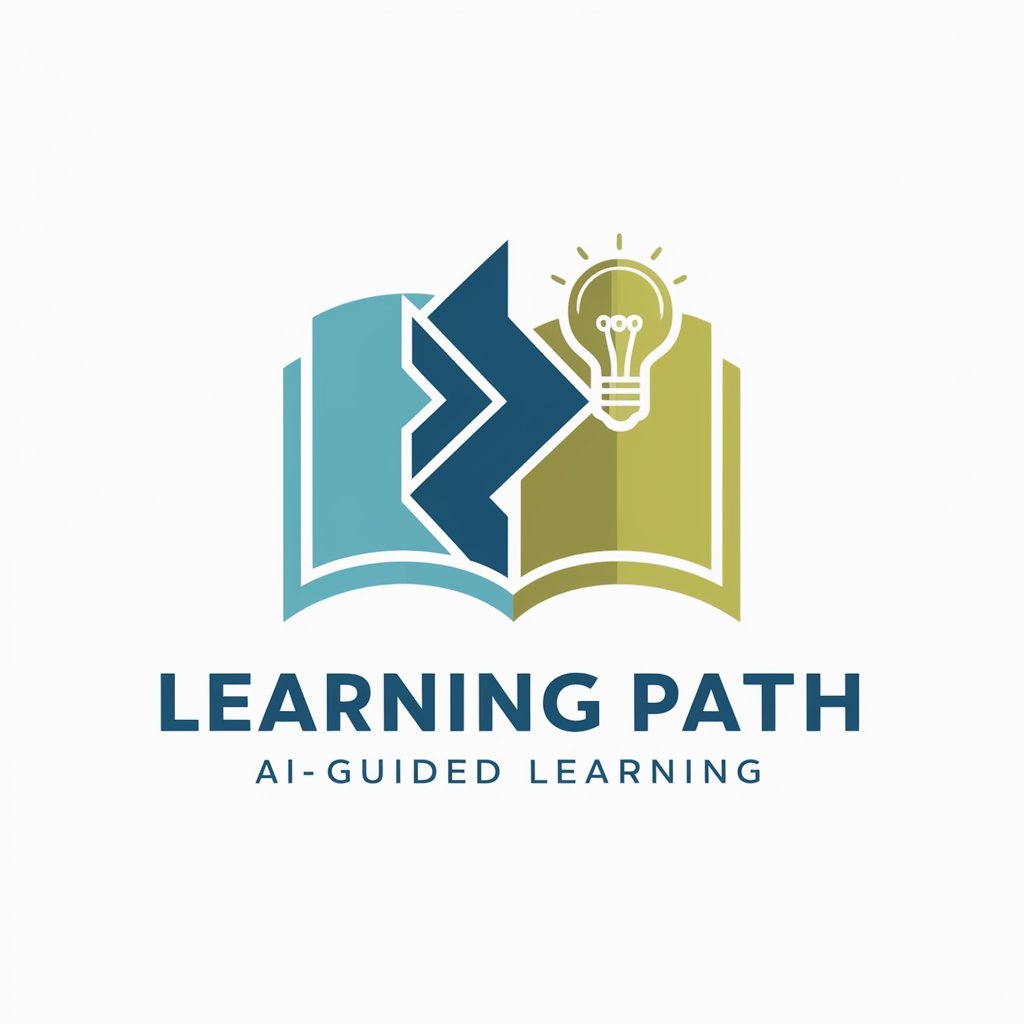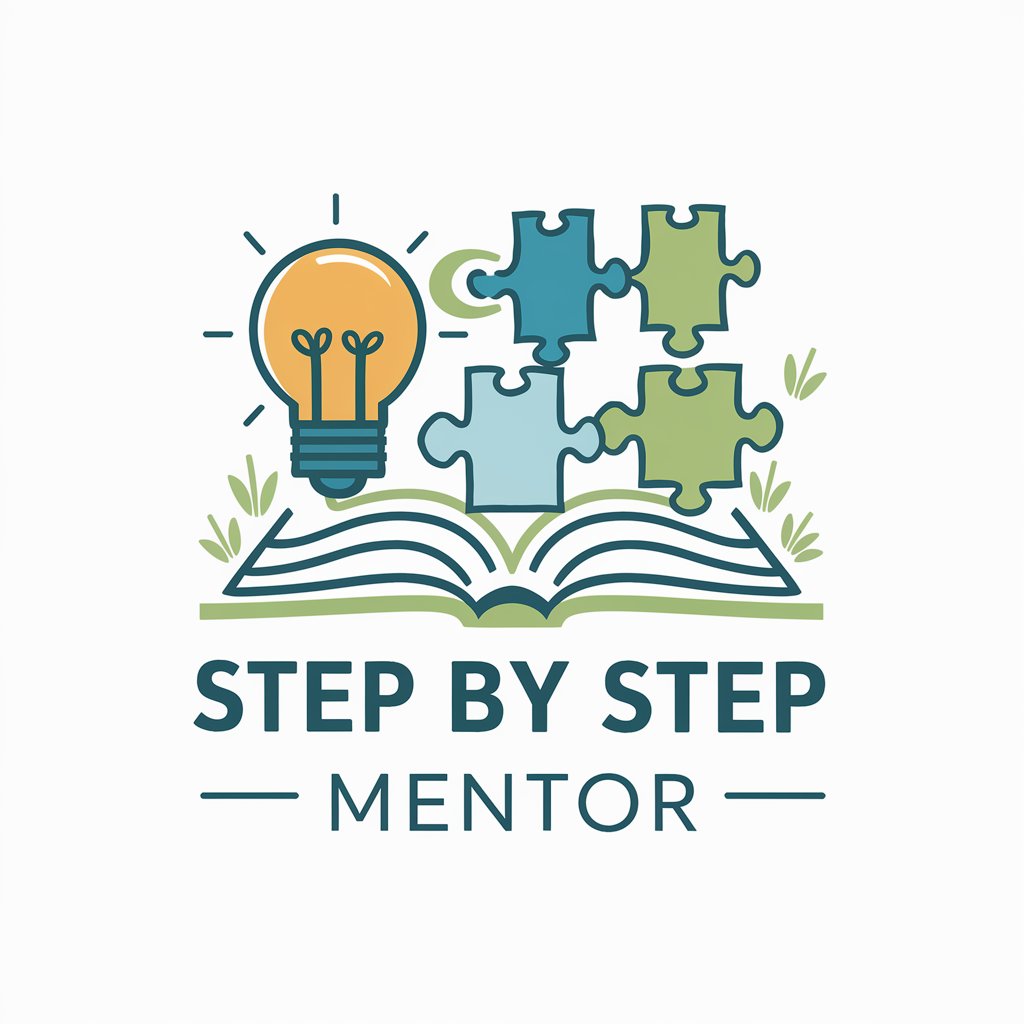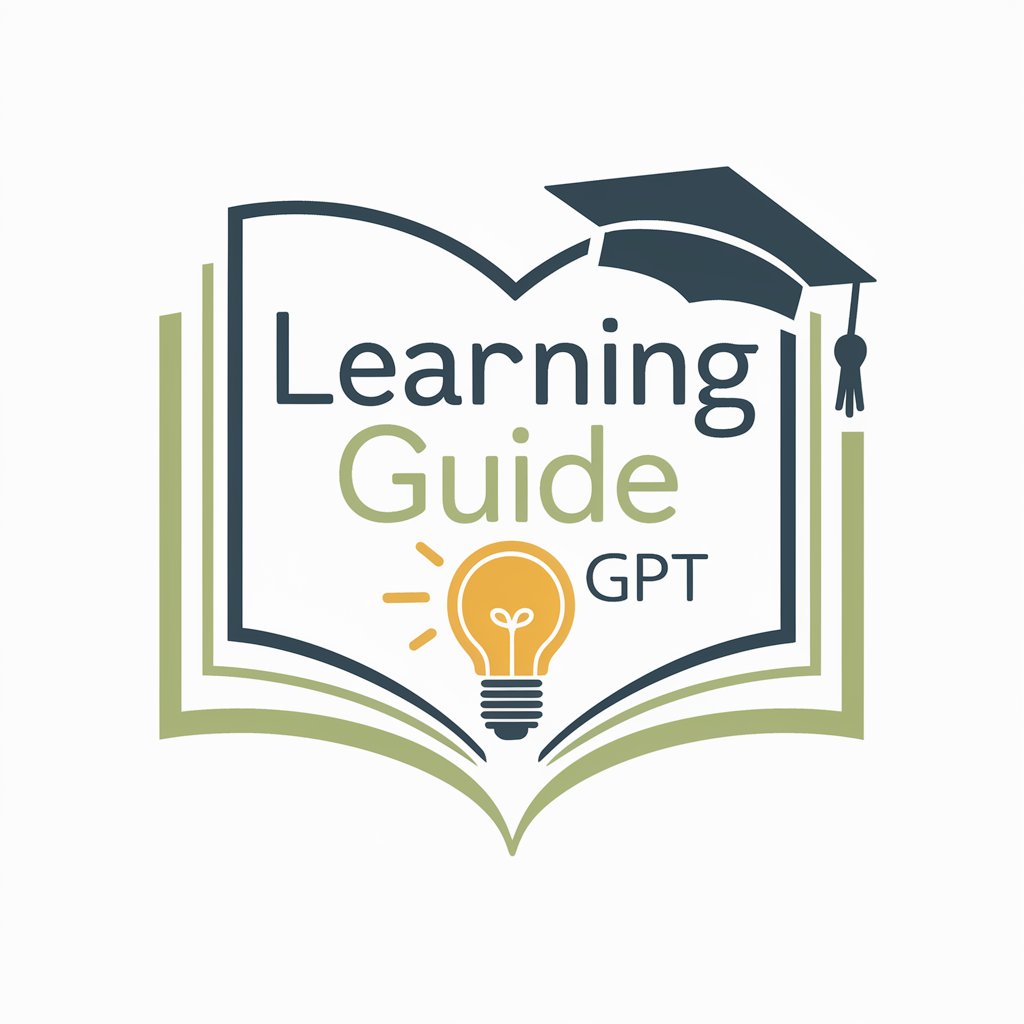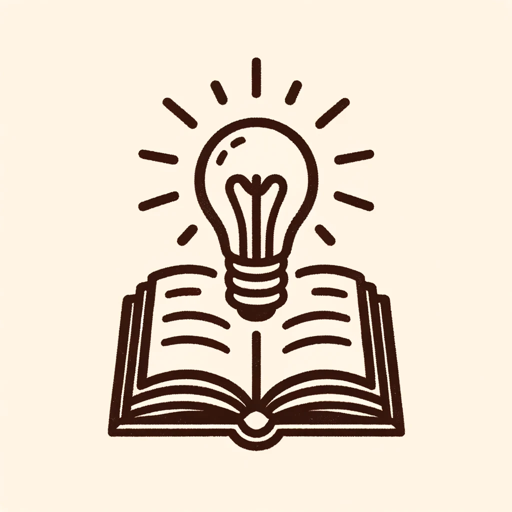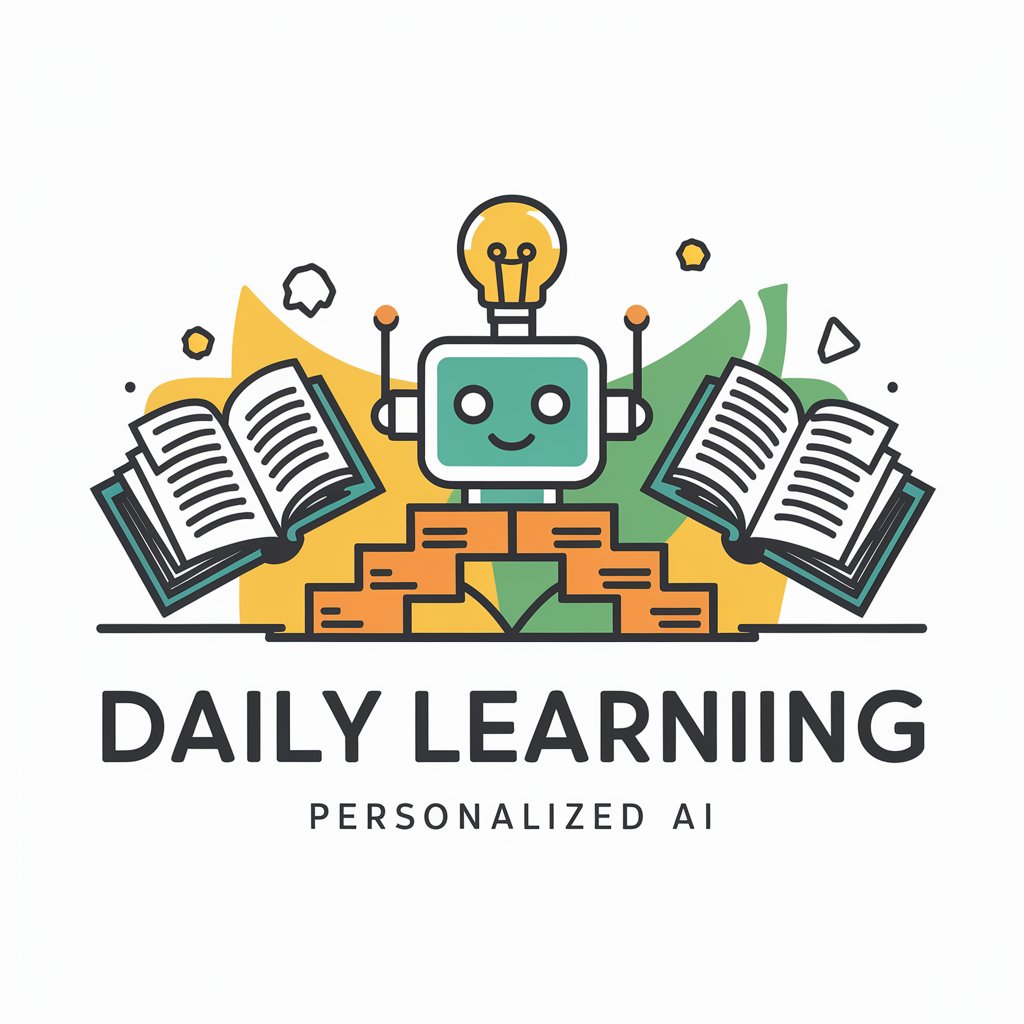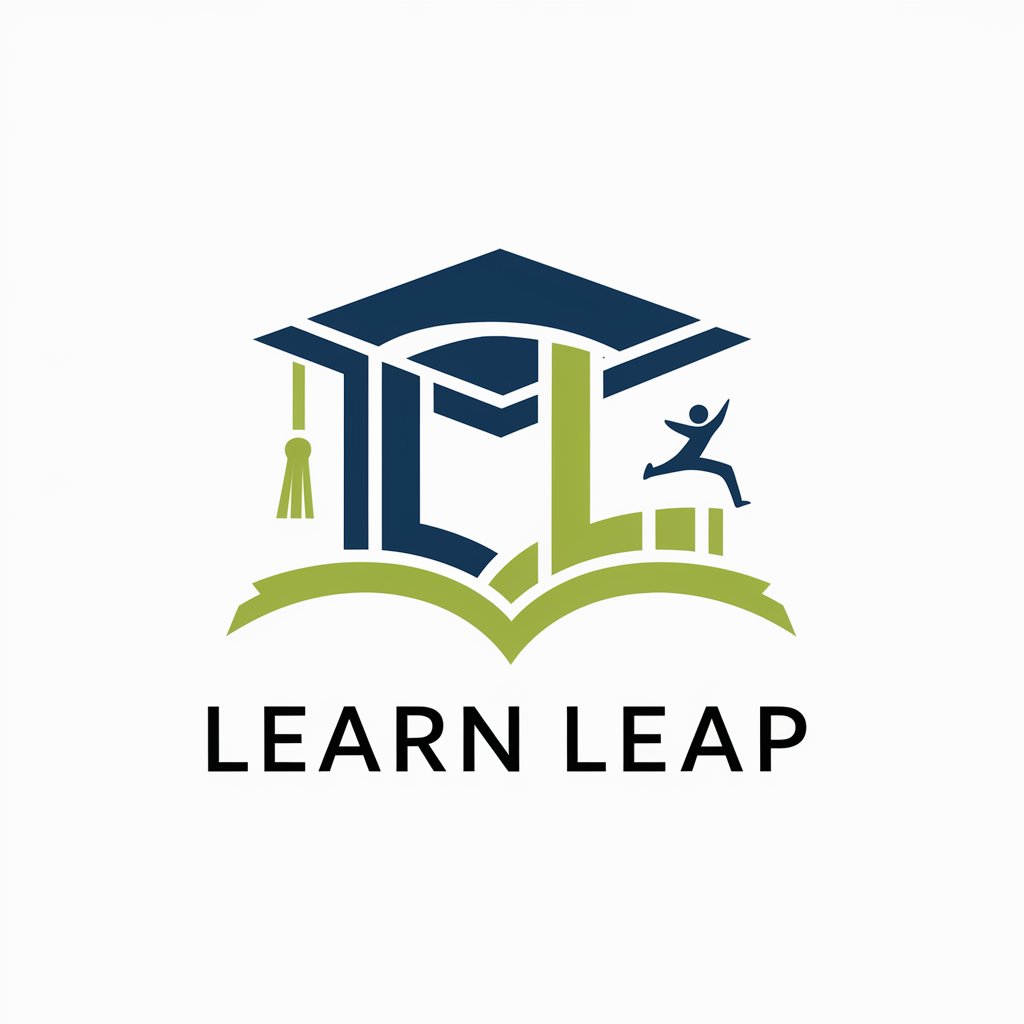
Differentiated Learning - Tailored Education Support
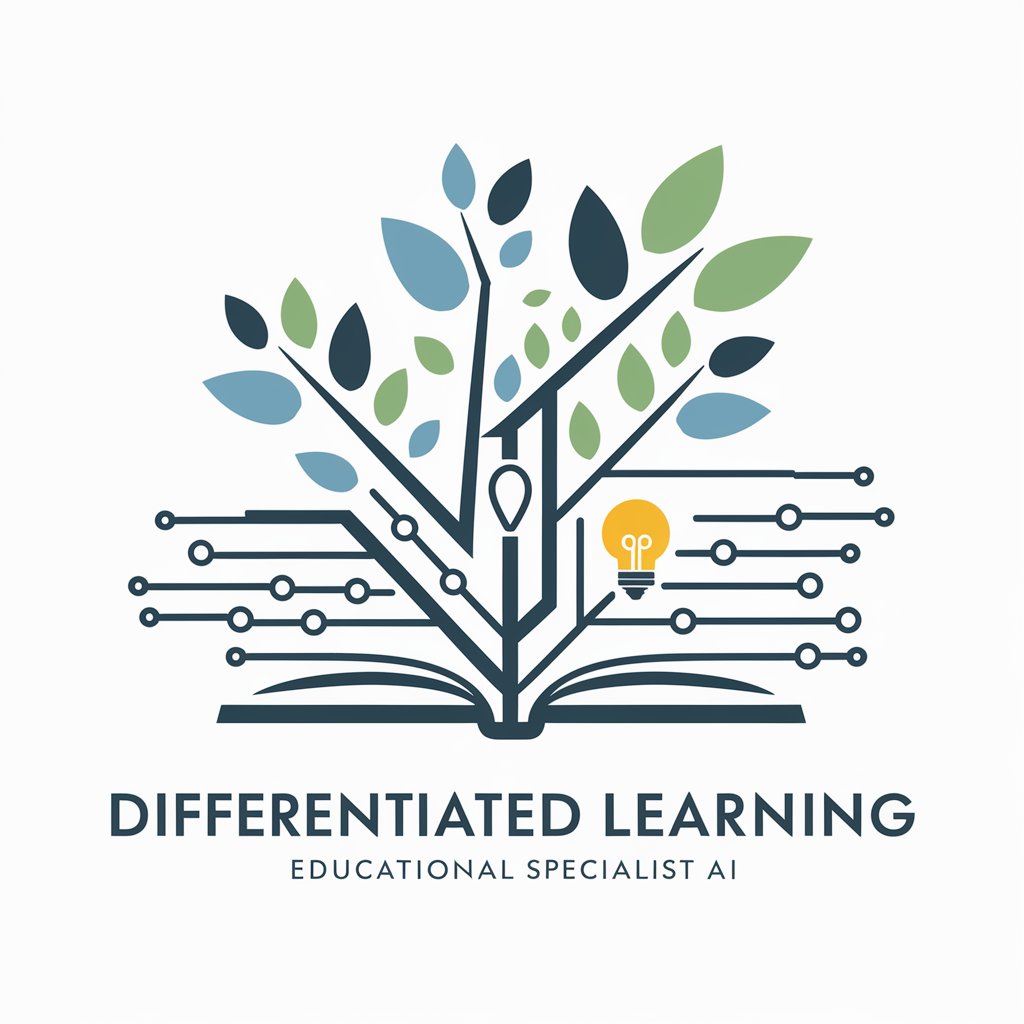
Hello! How can I assist you in supporting your diverse learners today?
Empowering educators to meet diverse learning needs.
Describe a lesson plan for students with varying levels of understanding in...
Create a set of differentiated practice problems for a topic on...
Suggest enrichment activities for advanced learners studying...
What foundational skills should be built for struggling students learning about...
Get Embed Code
Introduction to Differentiated Learning
Differentiated Learning is a specialized educational approach designed to accommodate the diverse learning needs, preferences, and abilities of students within a classroom setting. Its primary objective is to tailor teaching methodologies, resources, and academic activities to meet the individual needs of each student, promoting effective learning outcomes. For instance, in a mathematics lesson on fractions, Differentiated Learning would involve providing foundational fraction exercises for students struggling with basic concepts, intermediate problems that reinforce understanding for those with a grasp of the topic, and advanced fraction challenges for students who are ready to explore more complex applications. This approach ensures that all students, regardless of their starting point, can engage with the material at a level that is challenging yet attainable, fostering growth and understanding across the board. Powered by ChatGPT-4o。

Main Functions of Differentiated Learning
Assessment of Student Needs
Example
Using diagnostic assessments to identify students' current knowledge and skill levels.
Scenario
Before starting a unit on ecosystems, a teacher might use a pre-test to determine students' understanding of key concepts. This information helps the teacher plan lessons that address varying knowledge gaps and interests.
Tailored Learning Activities
Example
Creating specific activities aimed at groups of students based on their learning needs.
Scenario
In a language arts class, the teacher assigns reading materials at varying levels of difficulty, along with different sets of questions to address each student's comprehension and analytical skills.
Flexible Grouping Strategies
Example
Organizing students into temporary groups based on specific learning goals, interests, or projects.
Scenario
During a science project on renewable energy, students are grouped by interest in particular energy sources. This allows for deep exploration and peer learning among students with similar curiosities and expertise levels.
Ongoing Assessment and Feedback
Example
Implementing a variety of formative and summative assessments to monitor progress and guide instruction.
Scenario
Teachers use quizzes, student reflections, and projects to gauge understanding over a unit on the Civil War, providing feedback that is specific to each student's progress and challenges.
Ideal Users of Differentiated Learning Services
Educators
Teachers, tutors, and educational specialists who aim to meet the diverse learning needs of their students. Differentiated Learning helps them design lessons that accommodate a wide range of abilities, ensuring that all students have access to learning that is appropriate for their level.
School Administrators
Principals and curriculum coordinators looking to implement teaching strategies that improve learning outcomes across their schools. They can use Differentiated Learning principles to guide professional development and curriculum planning.
Educational Policy Makers
Individuals involved in shaping educational standards and policies can use Differentiated Learning as a framework to promote inclusive and equitable education systems that cater to the needs of all students.
Parents and Guardians
Families seeking to support their children's learning at home can benefit from understanding and applying Differentiated Learning strategies to help with homework, enrichment activities, or addressing specific learning challenges.

Using Differentiated Learning: A Guide
Begin Your Journey
Start by accessing a free trial at yeschat.ai, offering immediate access without the need for a ChatGPT Plus subscription or even logging in.
Identify Learning Goals
Determine the specific objectives and outcomes you wish to achieve through Differentiated Learning, considering the diverse needs of your students or audience.
Select Appropriate Tools
Choose from a variety of tools and resources provided by Differentiated Learning that align with your learning goals and the needs of your learners.
Implement Strategies
Apply differentiated strategies and activities tailored to the varying skill levels and learning styles of your audience, ensuring each individual's needs are addressed.
Evaluate and Adjust
Regularly assess the effectiveness of the Differentiated Learning strategies and make necessary adjustments to optimize learning outcomes.
Try other advanced and practical GPTs
Archi-gram
Transforming ideas into visual realities.

Bangalore Property Guide
Empowering Property Decisions with AI

Wisdom Star
Strategize Communication with AI

Home Cook Assistant
Elevate Your Cooking with AI-Powered Guidance

EmailGPT
Streamlining Your Emails with AI
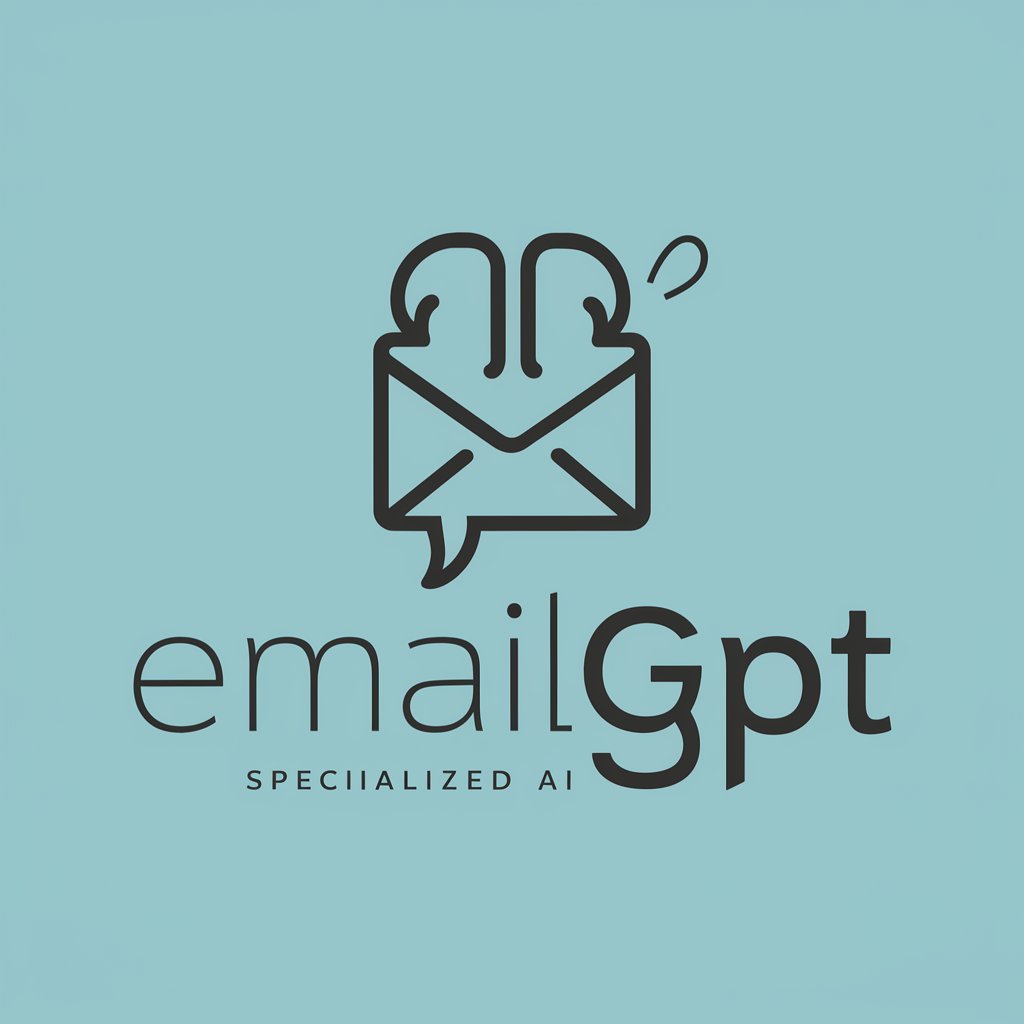
! Geo Social Tutor
Explore the world with AI guidance.
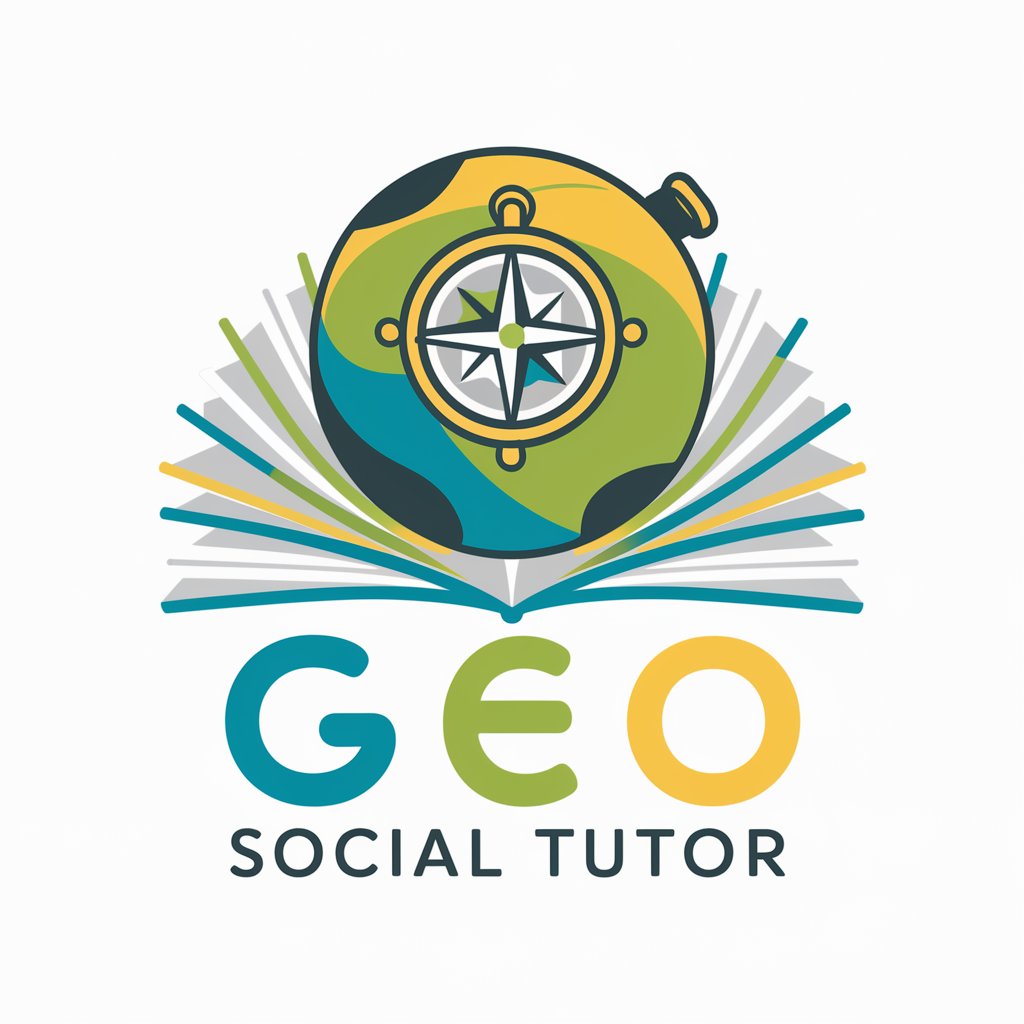
Fitness Motivator
Your AI-Powered Fitness Coach
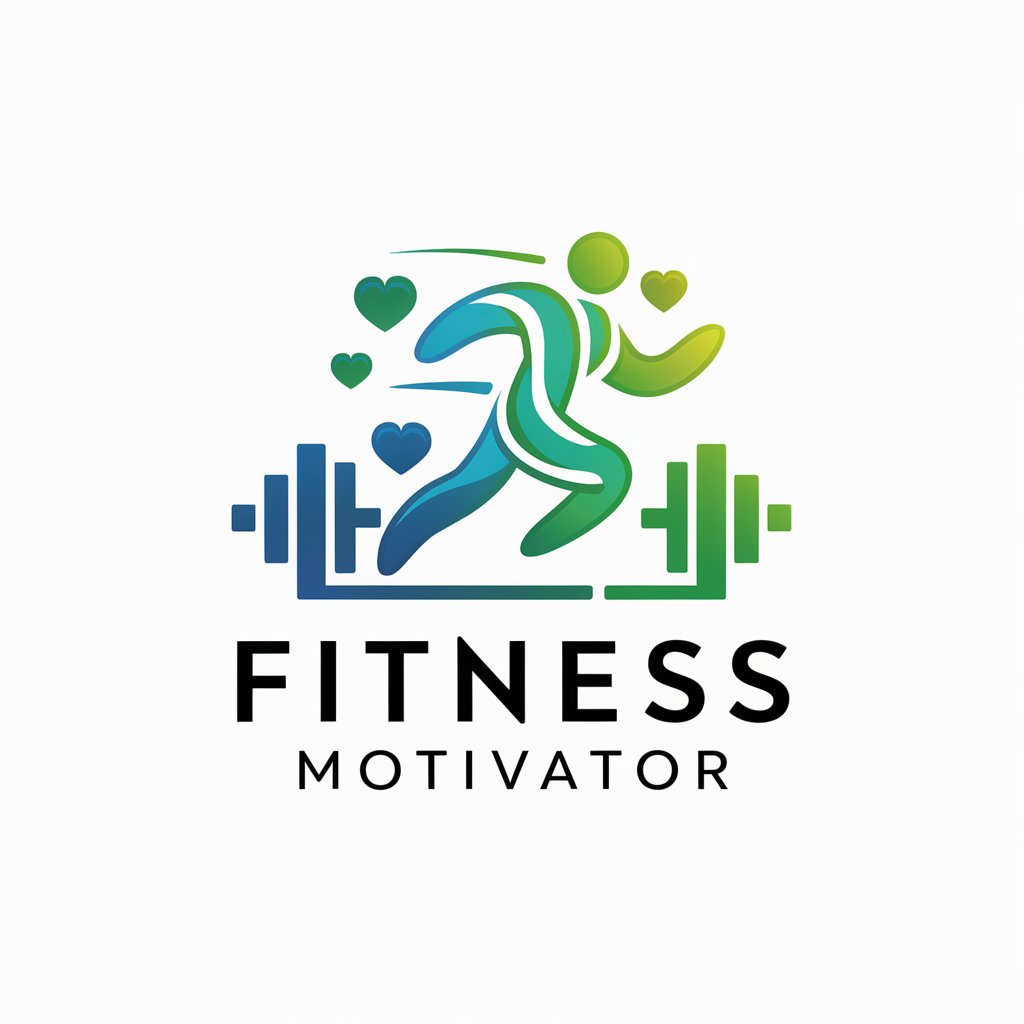
UX Consultant
Empowering Design Decisions with AI

GPT Guide to Financial Freedom
Empowering Financial Decisions with AI
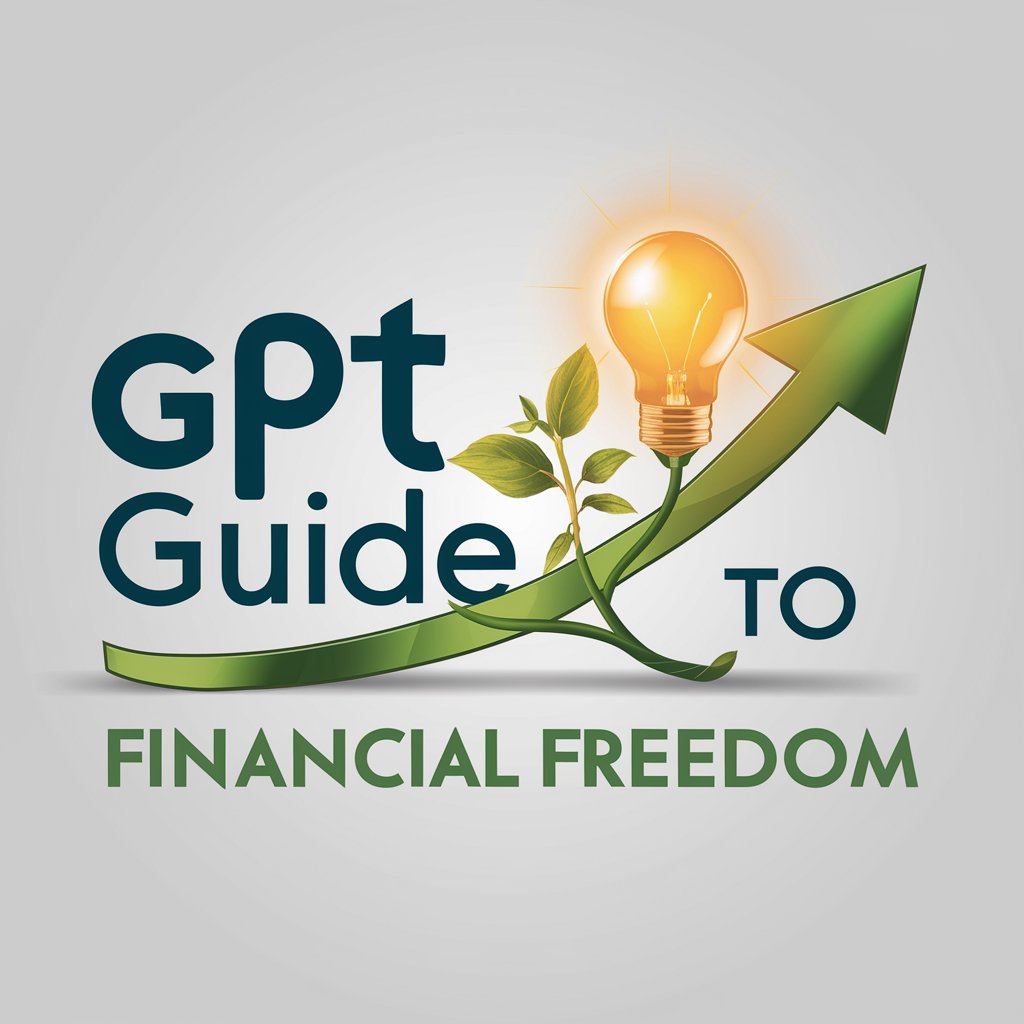
Custom Color Scheme Generator
Crafting Colors with AI
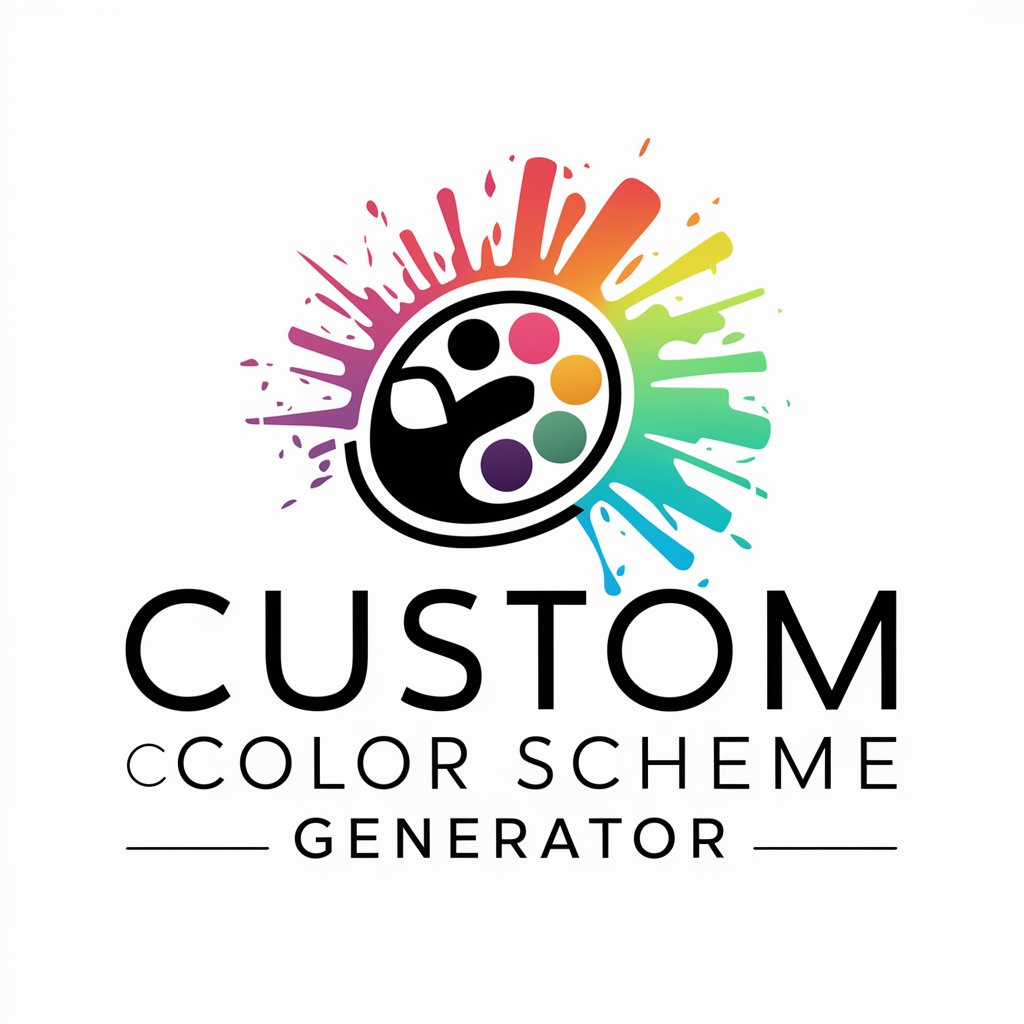
transcript2article
Transforming Talks into Text
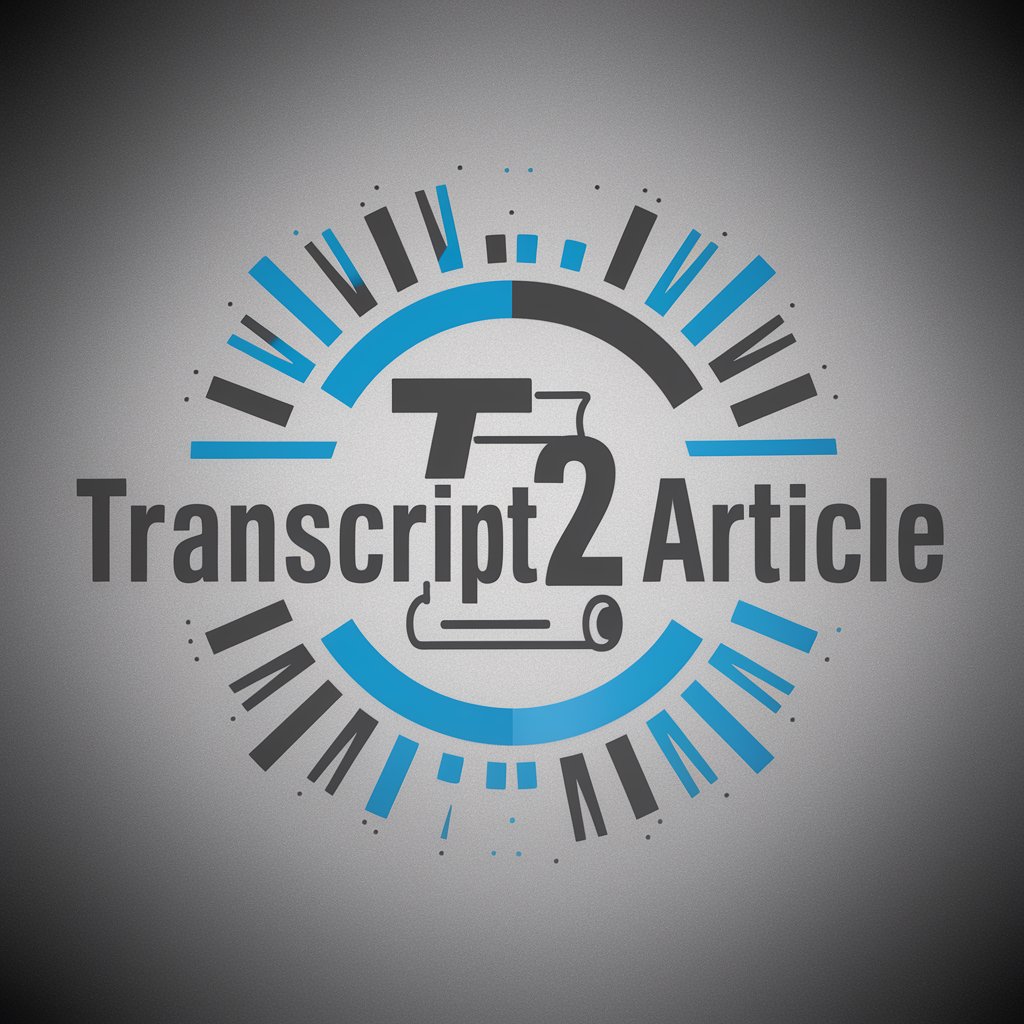
Personal Trainer Pro
AI-powered, personalized fitness plans.
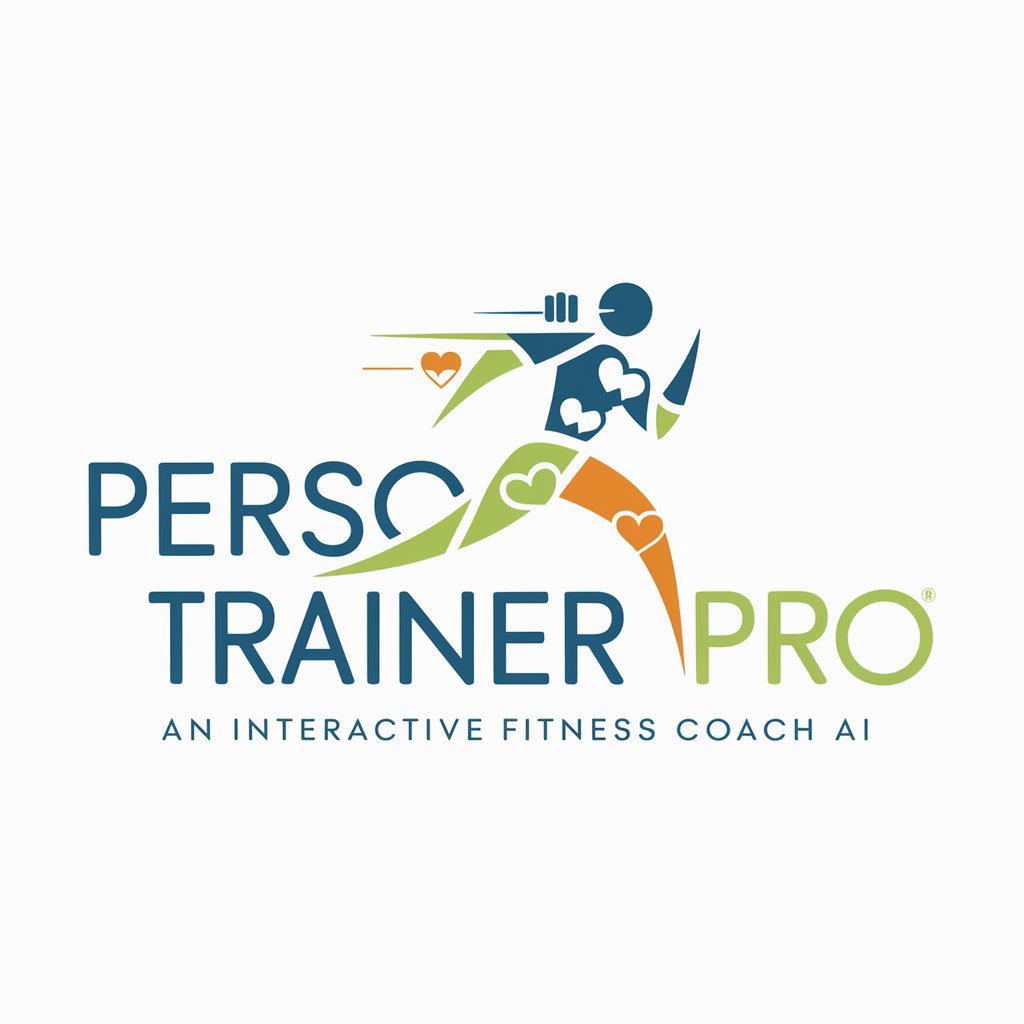
FAQs on Differentiated Learning
What is Differentiated Learning?
Differentiated Learning is a teaching approach that tailors instruction to meet the diverse needs, skills, and interests of each learner, ensuring all students have the opportunity to succeed.
How can Differentiated Learning benefit students?
It addresses individual learning styles and levels, promotes equity in education, increases student engagement, and improves learning outcomes by ensuring that all students receive instruction that is relevant and challenging.
What are some common Differentiated Learning strategies?
Strategies include using varied instructional materials, grouping students by skill level for targeted instruction, offering choices in how students demonstrate understanding, and adapting the pace of instruction.
Can Differentiated Learning be applied in online education?
Yes, Differentiated Learning can be effectively implemented in online settings through adaptive technology tools, personalized assignments, and flexible pacing to accommodate different learning speeds and styles.
How do I assess the effectiveness of Differentiated Learning?
Assessments should be varied and aligned with learning objectives. Frequent feedback, student self-assessments, and performance data can help evaluate the impact of differentiated strategies on student learning.
